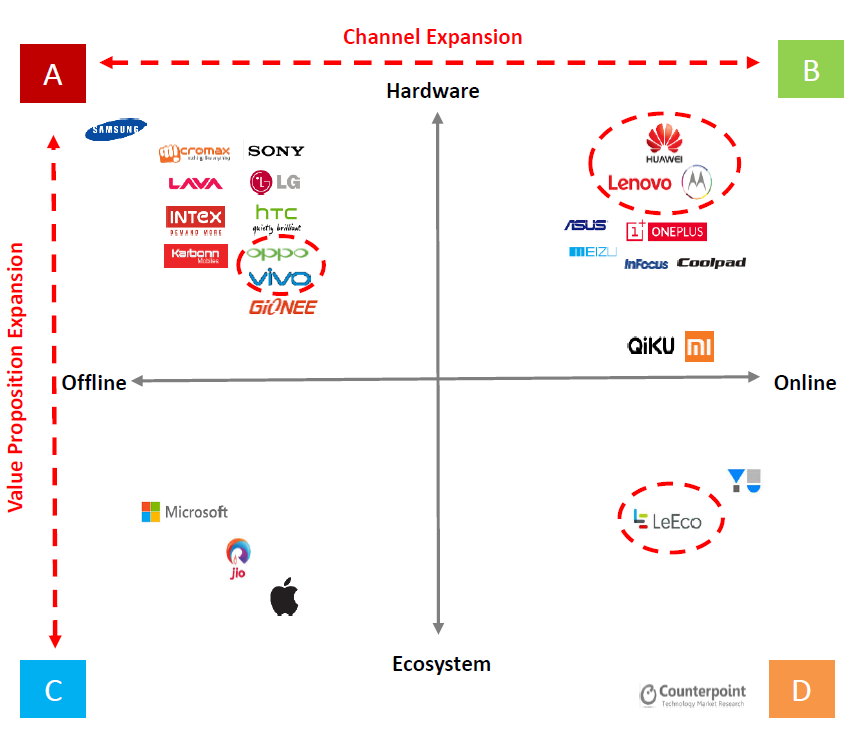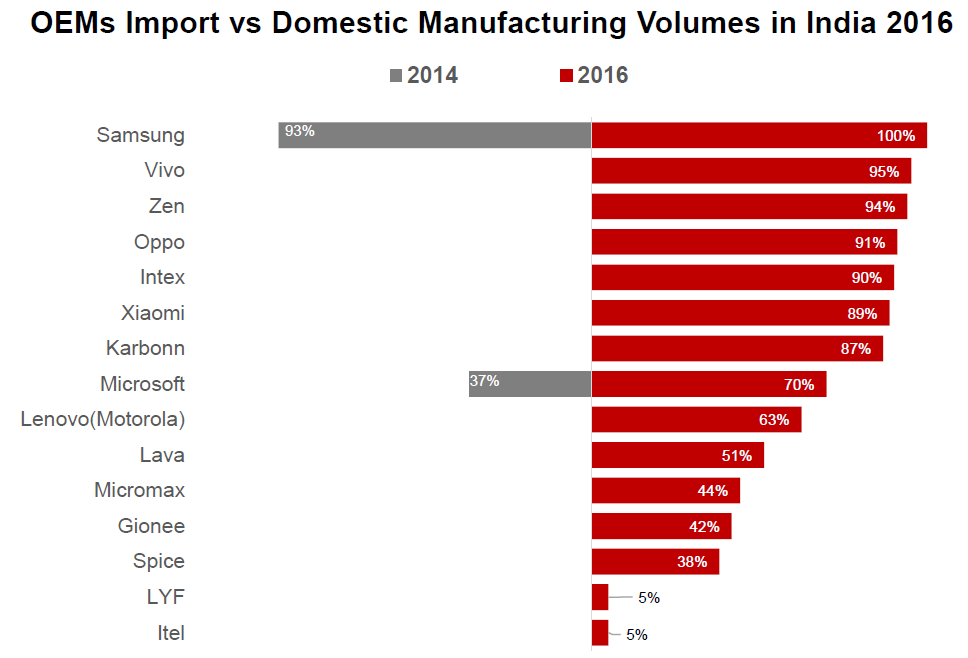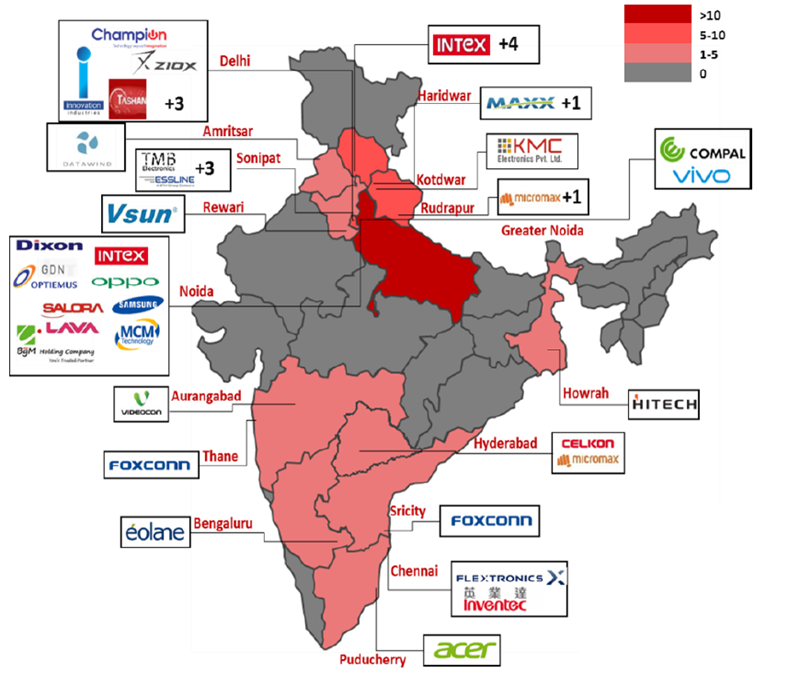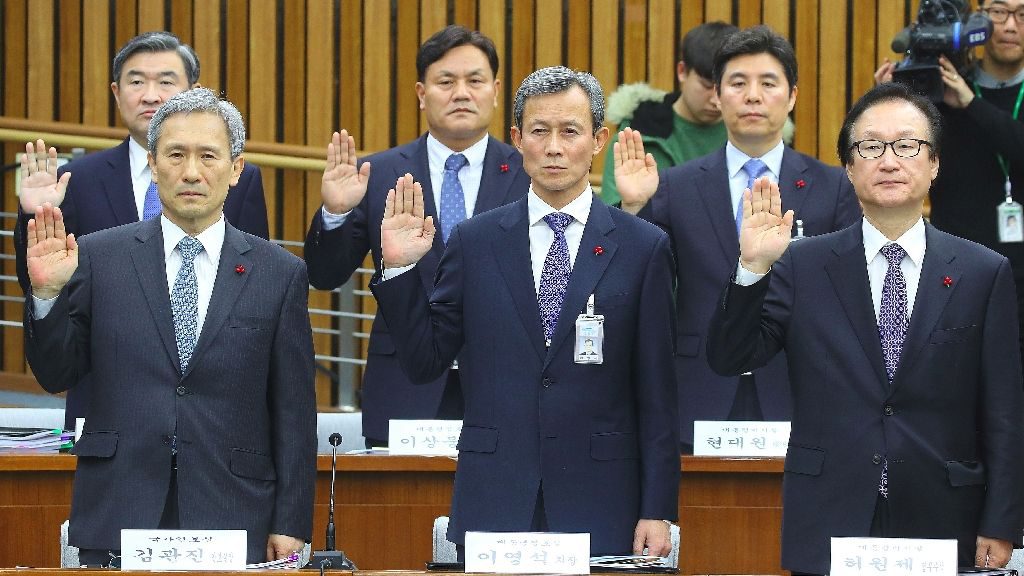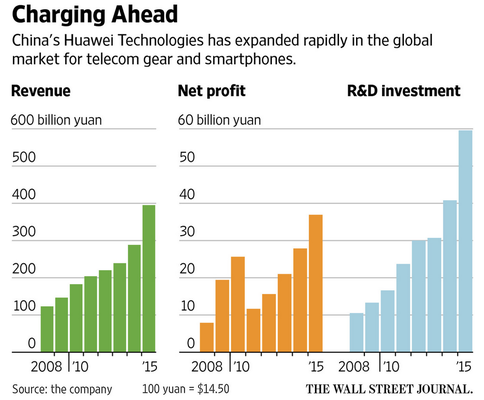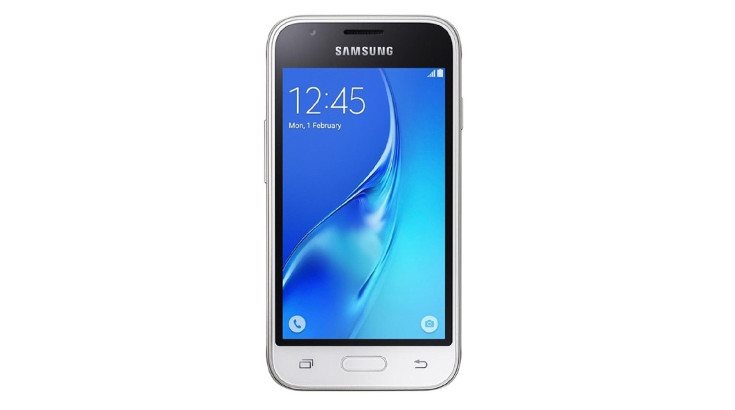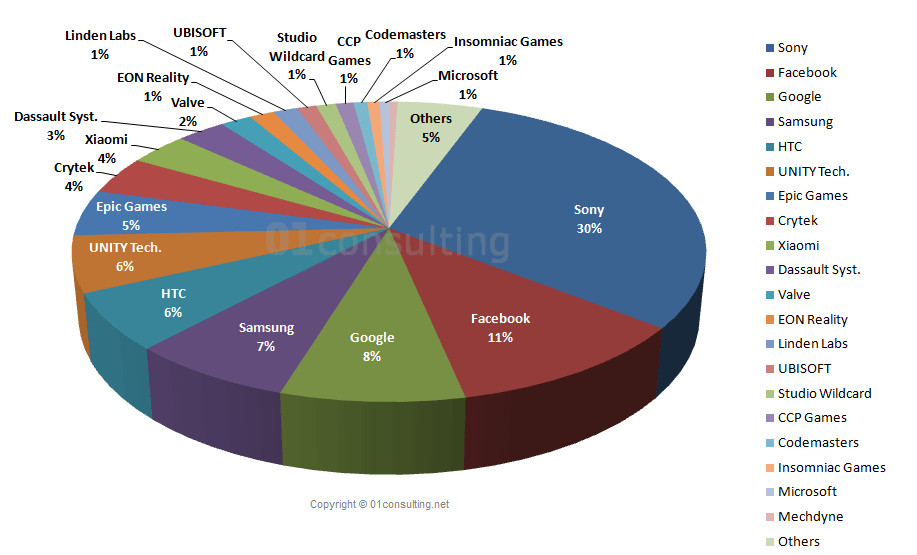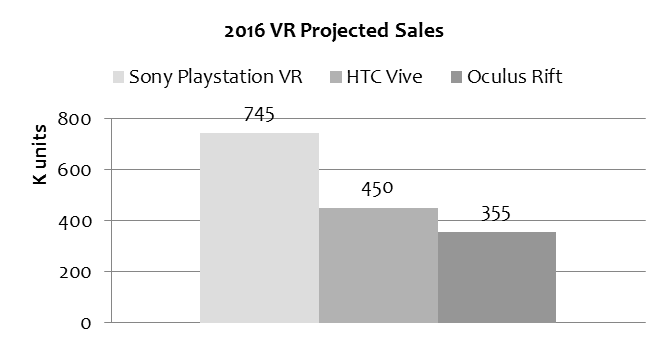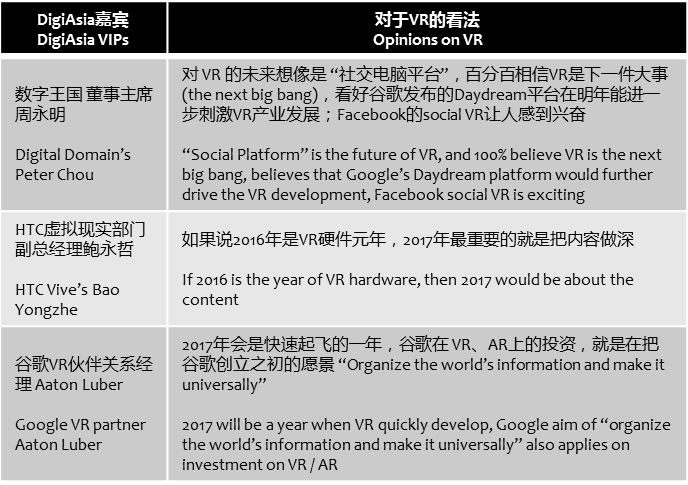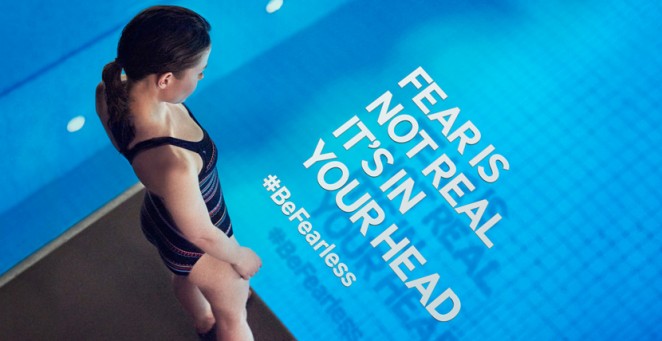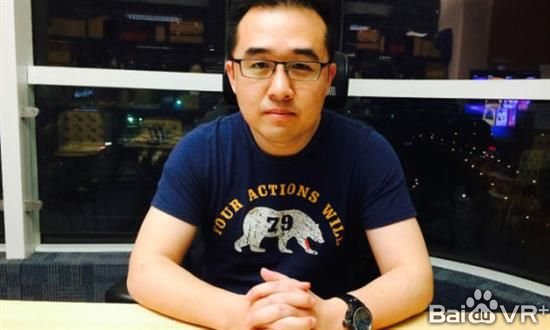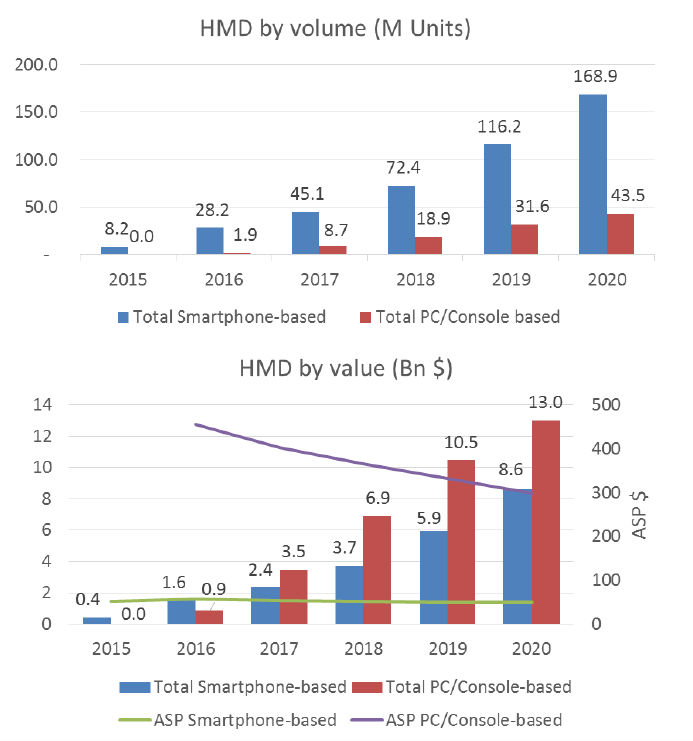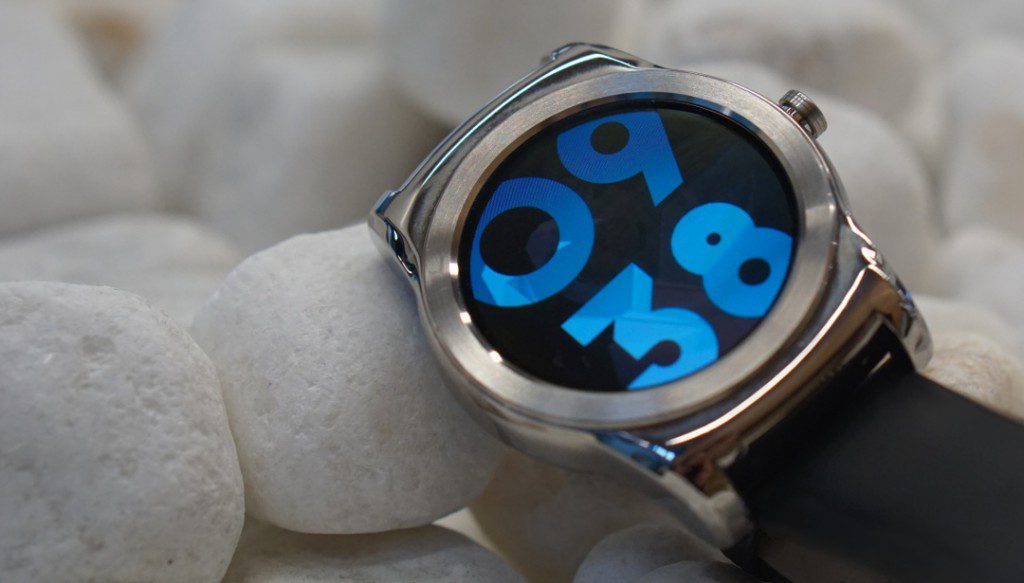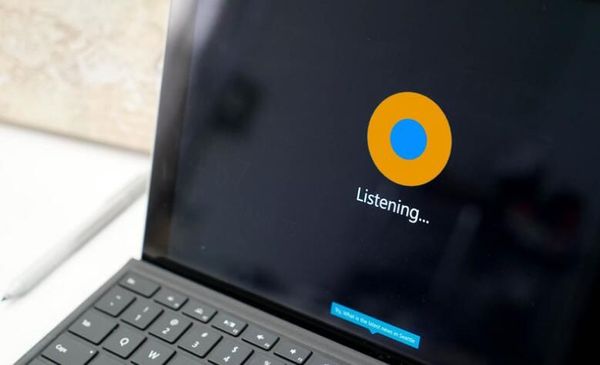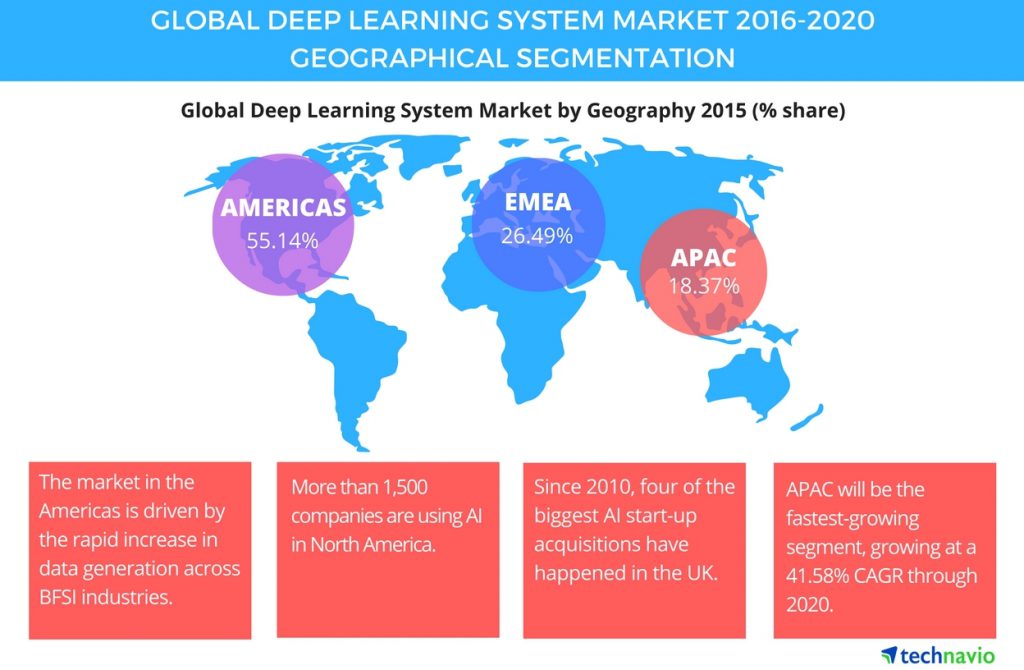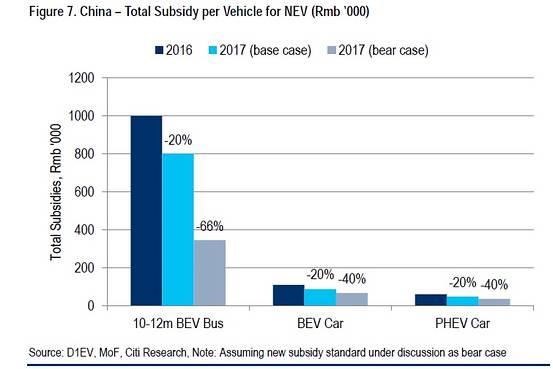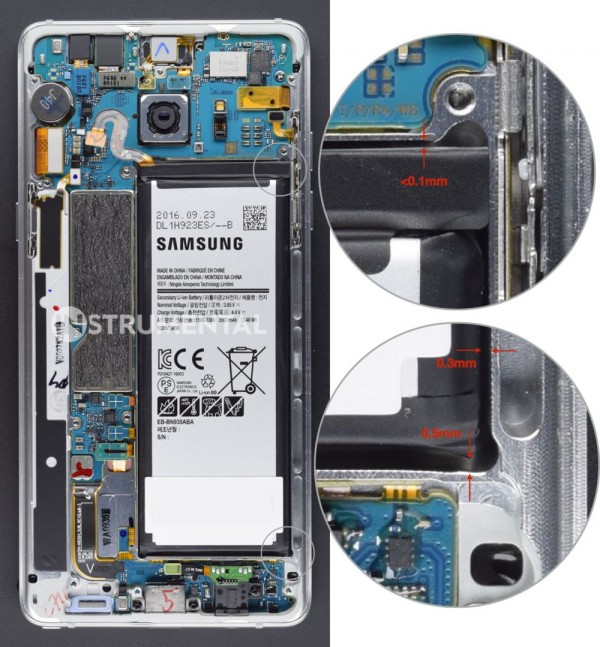
12-5: South Korea lawmakers have kicked off an unprecedented series of hearings that will see the country’s business elite including Samsung, Hyundai, LG; etc.
Chipset
Chinese e-commerce company Alibaba Group Holding will employ energy-efficient central processing units for servers at its data centers, using CPUs developed by SoftBank Group’s ARM Holdings. ARM, a U.K.-based chip designer now under the Japanese company’s wing, will deepen ties with fellow group members. SoftBank is a top shareholder in Alibaba. (TechNews, Asian Nikkei)
Northland Capital Markets’s Tom Sepenzis indicates that several reports over the past month comparing the modem speed of Intel and Qualcomm modems on Apple iPhone 7—Qualcomm X12 modem is capable of 600Mbps, while Intel XMM 3360 tops out at 450Mbps. While Apple will certainly keep a 2nd source if possible, it will do so for too long if it has to handicap half of its devices. (TechNews, Barron’s, blog)
German semiconductor equipment maker Aixtron said that it will explore with its Chinese suitor after President of the USA blocked the acquisition of the US business of Aixtron by Grand Chip Investment GmbH, an indirect subsidiary of Fujian Grand Chip Investment Fund LP. It added the presidential order was limited to Aixtron’s U.S. business and did not prohibit the acquisition of Aixtron shares and American depositary shares by GCI. (TechNews, Bloomberg, Reuters, USA Today, NASDAQ)
Touch / Display
Samsung allegedly to launch new Galaxy A series in early 2017 featuring USB Type-C port and curved display, like Galaxy S7 Edge. (Ubergizmo, Price Pony, Phones Review, Tencent)
Battery
Samsung has promised to release the report on the reasons of Galaxy Note 7 battery problem, now 3rd party Instrumental has released its report, indicating “aggressive design” causing Samsung Galaxy Note 7 battery explosions. (CN Beta, Instrumental, blog)
Smartphones
According to JD.com’s study “2016 Rural Area E-Commerce Trends Report”, in 2013~2014, for mobile phone ranking, Apple, Samsung, and Huawei are top 3 brands that are popular among rural areas residents. In 2015, Xiaomi replaced Samsung. But, in 2016, Apple has become the most popular brand among rural areas. It seems rural areas residents pay more attention on the brand popularity. Huawei and Apple are the brands that always on the top 3. (199IT, CN Beta)
According to Counterpoint Research, in India from 2017 onwards we will see more shifts from B to A and vice versa, classic channel expansion to gain scale. In 2017, we will also see D getting bigger and players in A and B trying to build an eco-system (hardware or software) to move to D. (Counterpoint report)
Since the launch of “Made in India” initiative in 2014, 50+ new manufacturing facilities have been set up compared to just 2 in 2014. The total combined manufacturing capacity across these facilities can be close to 40M units per month, according to Counterpoint Research. (Counterpoint report)
According to Counterpoint Research, 180M mobile phones will be manufactured locally in India in 2016, a 137% YoY growth. States are competing to attract component players with various incentives and favourable policies. (Counterpoint report)
South Korea lawmakers have kicked off an unprecedented series of hearings that will see the country’s business elite including Samsung, Hyundai, LG, etc. grilled over a corruption scandal engulfing impeachment-threatened President Park Geun-Hye. (CN Beta, Yahoo, Asia One, Daily Mail)
According to Wall Street Journal, Huawei‘s success has a lot to do with workers’ willingness to put the company ahead of themselves. With USD60B in revenue (which has doubled over the last 5 years), the company has become the 3rd largest smartphone manufacturer in the world. Huawei currently has 170,000 employees. (Phone Arena, WSJ)
Samsung Galaxy J1 Mini Prime is launched – 4” WVGA display, Spreadtrum SC9830 processor, 5MP + VGA cameras, 1GB RAM, 8GB storage, Android 6.0, 3G, dual-SIM, 1500mAh battery, USD89.99. (CN Beta, Phones Review, The Mobile Indian)
Wearables
According to 01Consulting, in the VR hardware segment, Sony, Facebook, Google and Samsung combined own more than half of the market share. In particular, Sony owns 30%, with 40M~50M Playstation VR sold, follows by Facebook with 11% share. (36Kr, TechNews, 01Consulting, press)
Research firm SuperData had updated its expectations on a few VR headsets and noted that thus far. (Gaming Bolt, Games Industry, Business Insider, VR Focus)
In DigiAsia 2016, VR is an important topic, and Digital Domain’s Peter Chou (former CEO of HTC), HTC VR division’s Bao Yongzhe, and Google VR partner relation’s Aanton Luber to discuss this topic. (TechNews, Bnext)
Samsung Canada recently launched the #BeFearless campaign in an effort to encourage Canadians to conquer their fears. Samsung Canada is promoting a Galaxy S7 immersive virtual reality experience to help people overcome two of the most common fears; heights and public speaking. (Ubergizmo, Phone Arena, Samsung Canada, Mobile Syrup, Sam Mobile, Hexun)
Xiaomi VR general manager Tang Mu indicates that the company still focuses on mobile VR. Though they are exploring all-in-one VR, but it is still too heavy. Currently Xiaomi VR team consists of 30~50 people. Tang Mu also cautiously indicates that there won’t be any “killer” VR device in 2017. In the following 3~5 years, VR industry is still at blooming phase. (TechNews, Tencent, Baidu)
According to Counterpoint Research, Samsung Gear VR becomes a strong contender in its own right—crossing USD1B in sales in 2016 and accounting for more than 70% of the smartphone based VR HMD market. Despite the relatively high value, Counterpoint expects the total volume of console / PC-based HMD to remain low. (Counterpoint report)
Jolla’s Sailfish OS is a Linux-based operating system that was initially designed to run on smartphones, but eventually it could be used to power smartwatches and other wearable or IoT devices. (Liliputing, Jolla, Phoronix, CN Beta)
Internet of Things
Microsoft is planning to build a HomeHub feature into future Windows 10 updates to better compete against devices like Google Home and Amazon Echo. (The Verge, Windows Central, Sohu, Leiphone)
Technavio identifies Alphabet, BVLC, Facebook, LISA lab, Microsoft, and Nervana Systems as the leading players in the global deep learning system market. The global deep learning system market is expected to reach USD13.253B by 2020, growing at a CAGR of 38.73% during the forecast period. (199IT, Business Wire, Technavio)
Panasonic plans to purchase European automotive lighting company ZKW for at most JPY100B in a move designed to increase Panasonic’s presence in automotive electronics. ZKW’s main products are energy-efficient light-emitting diode headlights capable of illumination at great distances. (CN Beta, Reuters, ZDNet, Asian Nikkei)
Chinese electric vehicle manufacturers thrive on government subsidies. For pure electric buses, government subsidies could often exceed half of the bus prices. For battery electric or plug-in hybrid passenger cars, subsidies could contribute 20-50% of the retail price. According to Citi Research, subsidies for electric buses can be cut by 66% in 2017, and subsidies for battery electric or plug-in hybrid passenger cars can be cut by 40%. (Barron’s, blog)


